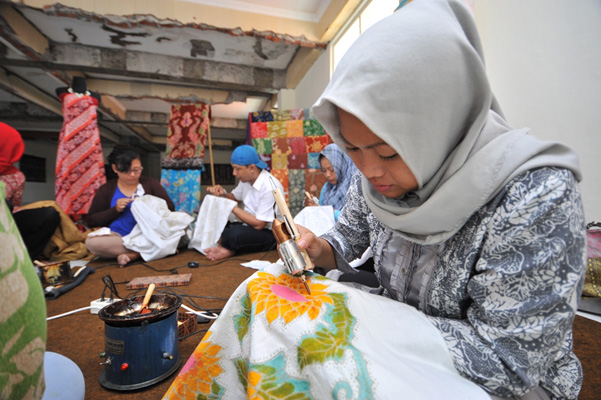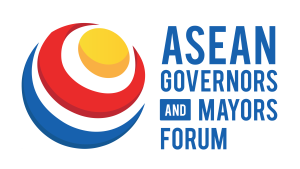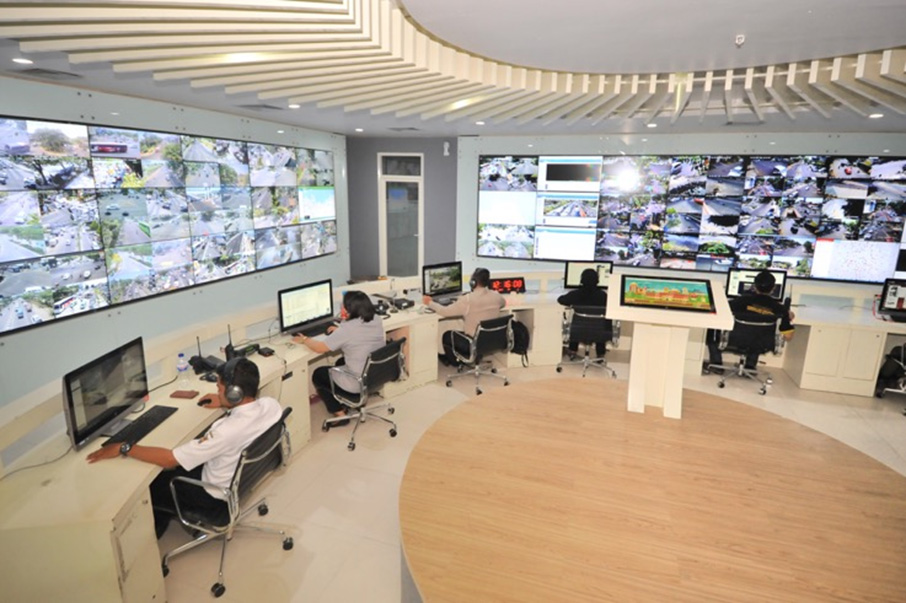As the capital of East Java Province in Indonesia, the City of Surabaya has a strategic yet attractive role and location. Such acknowledgement affects how the City should further improve its performance to become a more promising place for its residents. The Mayor of Surabaya believed that true development is Development of People, not of Goods. Thus, community involvement is always in the forefront of the strategy. Their involvement in the City’s system resulted in a sustainable development.

Working with people from the kampungs (self-built housing), Surabaya has received and maintained a position at the top of Nobel City Award (Adipura). Next to making Surabaya Green and Clean, 3R and hundreds of waste banks were established, Surabaya has waste to energy program which is generating 2 MW of electricity to 12 MW by 2019. Responding to world plastic problem, Surabaya initiated the urban bus transport that allows passengers to pay fare in plastic water bottles or cups.
 Upscaling local Subsistent Economy is one strategy to reduce poverty. Kampung people are then encouraged to improve products that uplift subsistent local economy into market scale. Products of food, shoes, and bags reached national standards and passed export level and managed to reduce poverty significantly. Co-working Space is provided for start-up business to improve their businesses skills as well as to learn, discuss, and interact with other aspiring young entrepreneurs..
Upscaling local Subsistent Economy is one strategy to reduce poverty. Kampung people are then encouraged to improve products that uplift subsistent local economy into market scale. Products of food, shoes, and bags reached national standards and passed export level and managed to reduce poverty significantly. Co-working Space is provided for start-up business to improve their businesses skills as well as to learn, discuss, and interact with other aspiring young entrepreneurs..
 For citizens’ safety, the city developed a smart system called Surabaya Intelligent Transport System or SITS and Adaptive Traffic Control System (ATCS) to support the transportation management by monitoring hundreds of spots using CCTVs, and Adaptive Traffic Control System (ATCS). Monitored spots are controlled from command room in city center. SITS and ATCS have managed to disentangle traffic jams, decrease the number of accidents, as well as save travel time for fire engine trucks and ambulances. The command room is integrated with 112 emergency call and panic button in several strategic locations for quick response.
For citizens’ safety, the city developed a smart system called Surabaya Intelligent Transport System or SITS and Adaptive Traffic Control System (ATCS) to support the transportation management by monitoring hundreds of spots using CCTVs, and Adaptive Traffic Control System (ATCS). Monitored spots are controlled from command room in city center. SITS and ATCS have managed to disentangle traffic jams, decrease the number of accidents, as well as save travel time for fire engine trucks and ambulances. The command room is integrated with 112 emergency call and panic button in several strategic locations for quick response.
A city should be an ever-growing city which always discovers new innovations to provide solution to substantial issue, as well as to meet any community’s need. The city could both maximise the existing resources and adopt new ideas and transform into a much better and sustainable city. It does not necessarily have to follow the trend.












